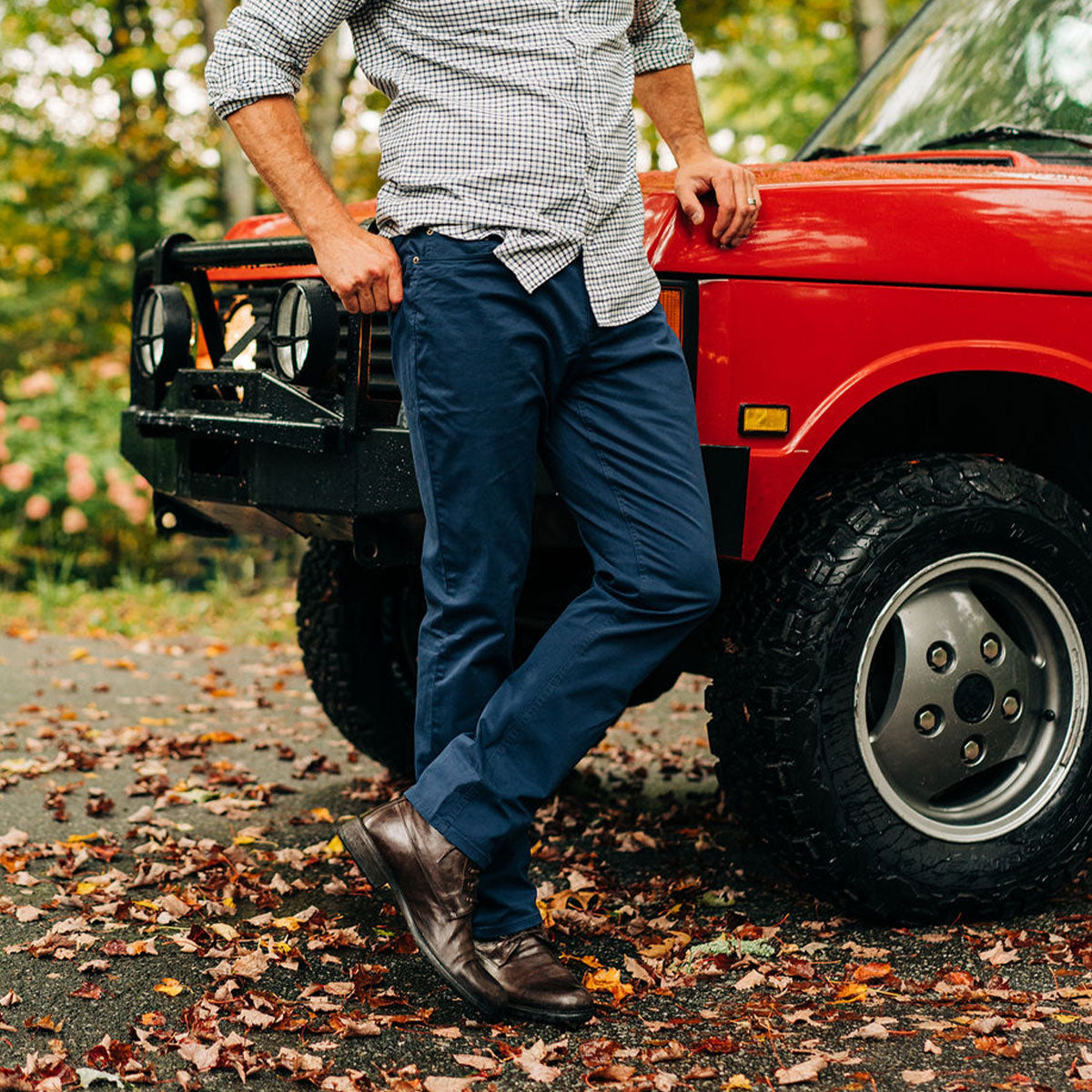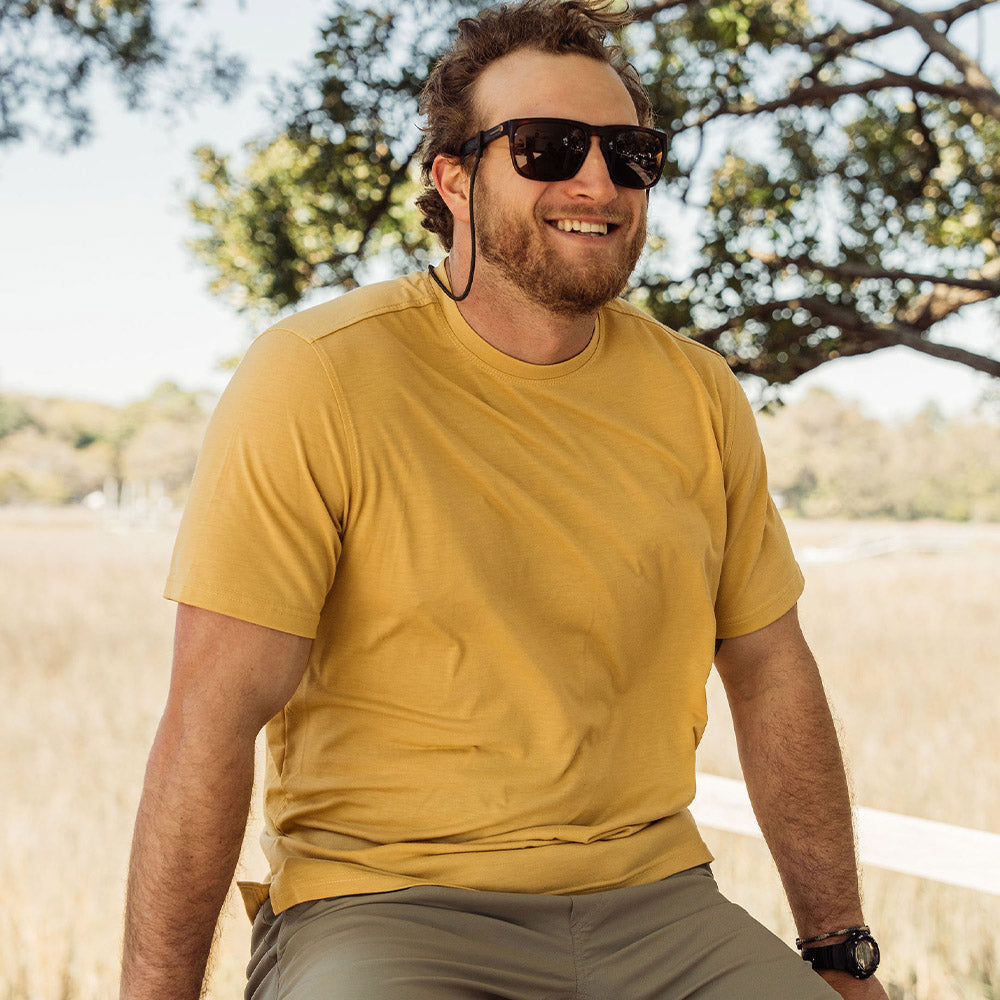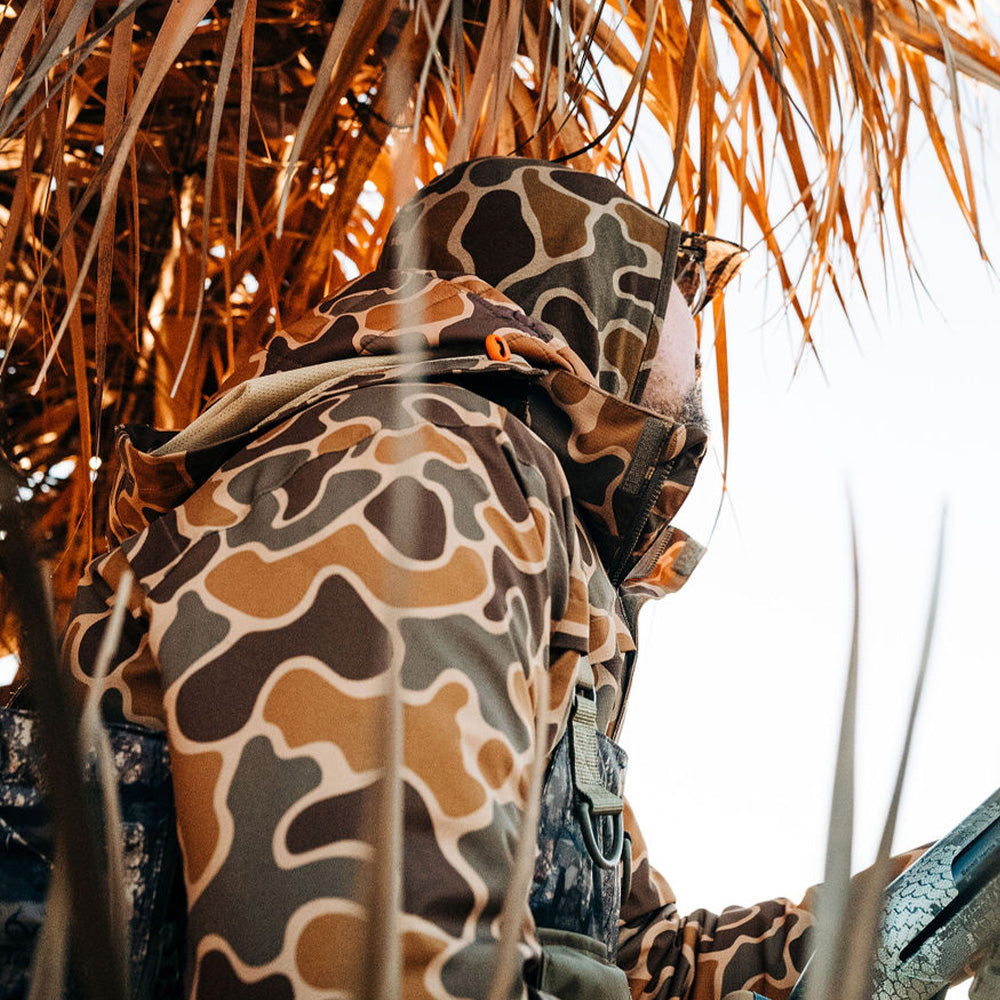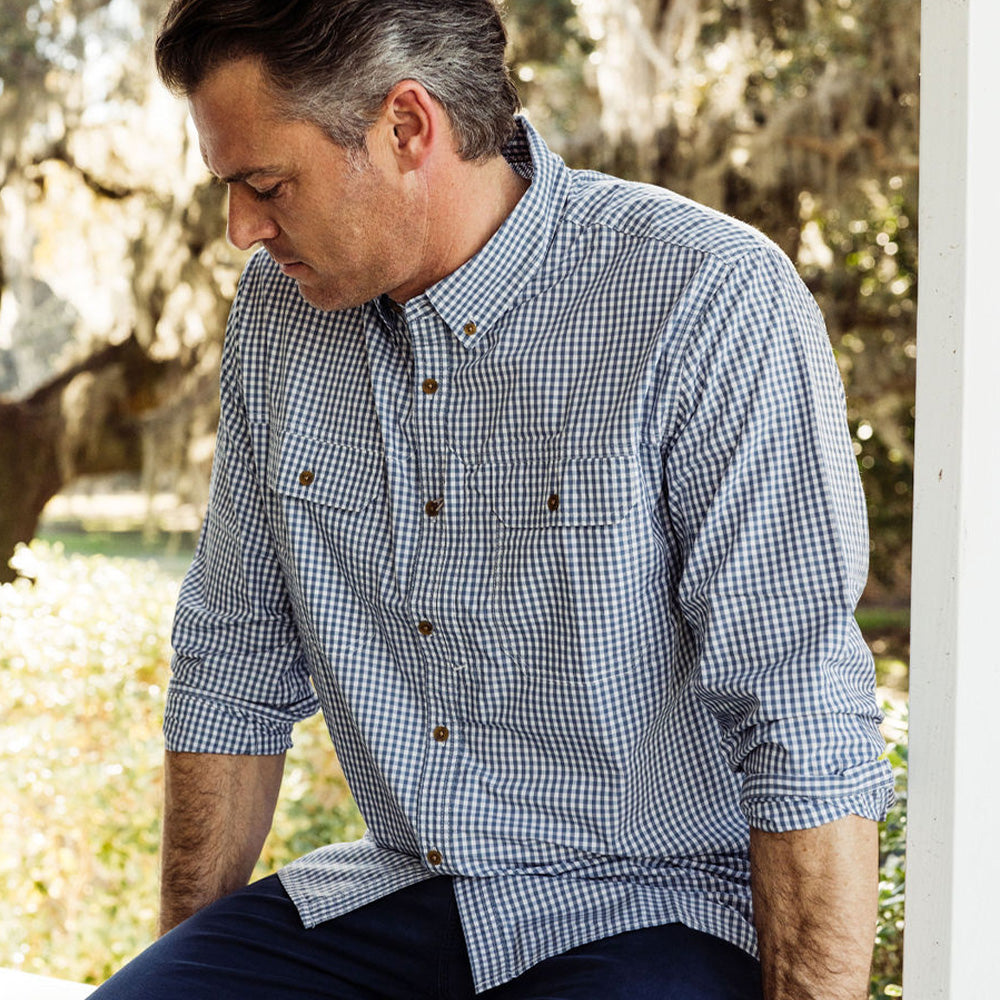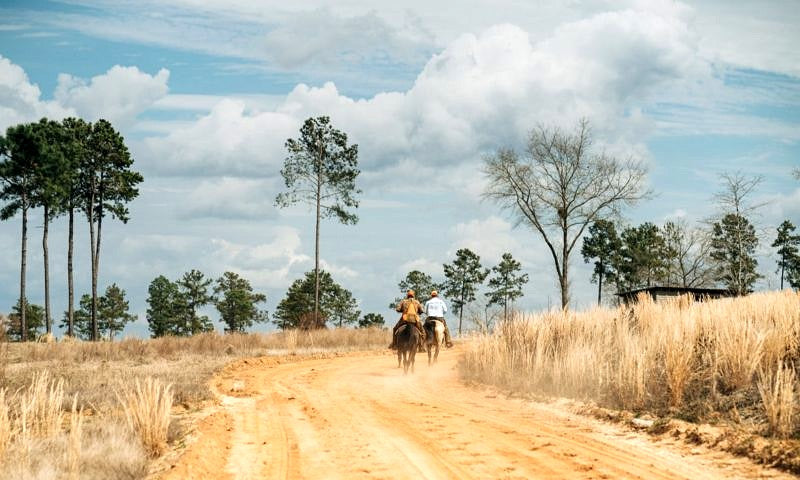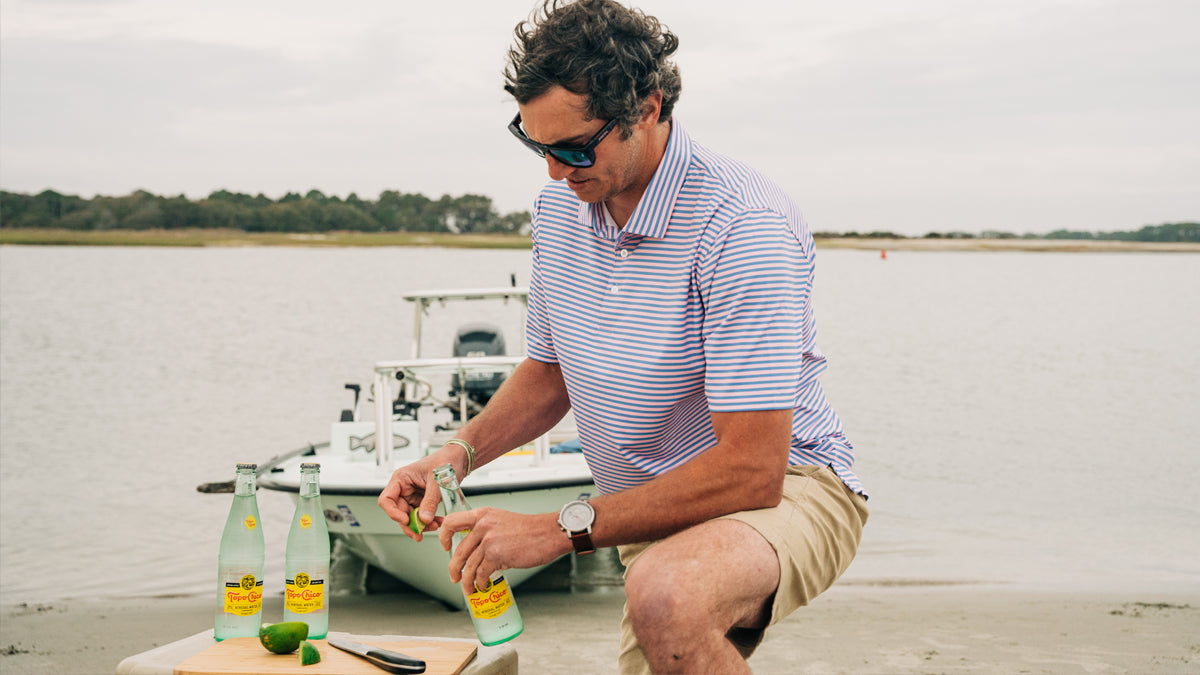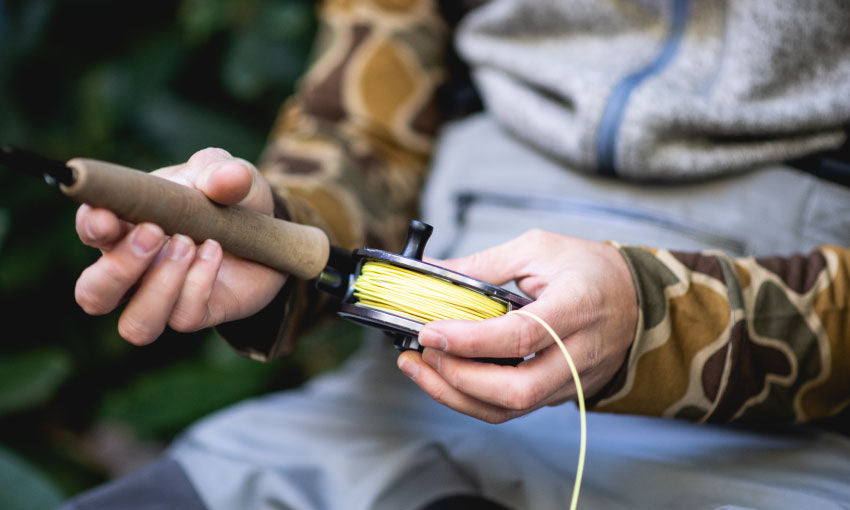
Picking the Right Combo
When the topic of fly fishing comes up with our customers and visitors here at the shop, we usually begin by asking:
“How often do you fish?”
“What weight rod do you have?”
And since 70% of the folks we ask about fly fishing answer “once in a blue moon” and “I don’t know”, planting them firmly in the "new-like-a-shiny-penny" to "novice" category, we thought it best to reach out to the masses and offer up our ideas (read: opinion) on picking up your first, or next, rod and reel setup.
First thing first...ask yourself: what’s my budget?
Our disclaimer - - opinions are like you-know-what, and everyone has one. Here’s ours: buy exactly what you need, nothing more, nothing less. That goes for the rod and the reel. If you feel like you’re overspending, you are. Especially when it comes to a new setup for a new fisherman or woman.
Our home waters are not the same as what you see in the movies staring a certain gentlemen with a certain strong jawline. We have smaller, tighter waters here. Wind isn’t always an issue like it can be out West. So we don’t recommend anything super fancy: we cap you at $300-350 or less for your first rod. Anything more is like getting a Porsche after you just got your permit.
If you plan on cutting your teeth on the streams and rivers along the Blue Ridge/Appalachia, stick to something simple. All of our rod manufacturers, like Fenwick and Redington, have great warranties in case the possible tip-breakage happens. An 8’6” 4 weight rod like the Redington Vice is a great stick to take out and learn the ropes of technical casting and fishing - and it’s no where close to a budget buster. With that length, you won't be hung in the rhodos all day, but it's not so short that you can’t cast further distances. North Carolina and certain sections of Georgia waters are smaller, tighter, and require precise casting so bringing a big, honking 9-foot 5-weight isn’t the answer - at least while you’re still getting your feet wet (pun).

Now, if your plan is to hit the big water, the wide stretches of Delayed Harvest waters that run the length of the Appalachians, then we suggest jumping up to the 9 foot 5 weight we described earlier. This will give you more casting distance and allows you to throw bigger flies - streamers and heavy dropper-rigs - in the faster, deeper water. A great example is the Fenwick AETOS.
The next question is: "What reel should I get?" The answer is relatively similar to the rod, with one caveat. Spend as much as you can. Buy it once. Some people consider reels just “line holders” for our smaller streams, and while that is a true statement in some cases, we’re talking about a new-to-intermediate setup. Not your third or four rod/reel combo. Get a reel that you can use for several different situations - big water or small, float or wade, helicopter or parachute. Caught you. Last part is a joke. Moving on...

A great starting place for a reel is an adjustable, sealed-drag system like the Redington Behemoth or the Hardy Ultradisc. These reels are well-made, and these companies care very much about the quality reels they are peddling in the highly competitive market. Mated with a good line is important for durability and castability - because remember: You are casting THE LINE, not the fly. That’s what the rod is designed to do - to cast line. The fly is just along for the ride.
The good news: we’ve done the leg work on dry land, now it’s your turn to do it in the stream. Tight lines.


